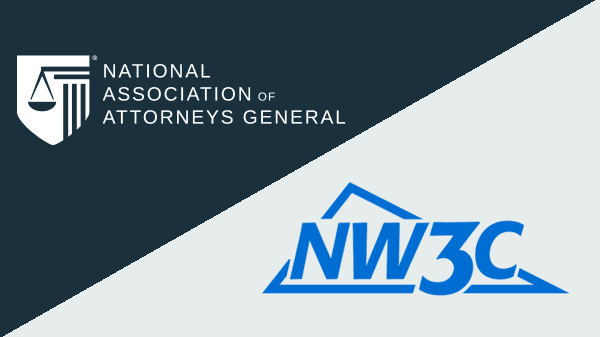-
 Coeditor, The Anticorruption Manual: A Guide for State ProsecutorsDirector, NAGTRI Center for Ethics and Public Integrity
Coeditor, The Anticorruption Manual: A Guide for State ProsecutorsDirector, NAGTRI Center for Ethics and Public Integrity
This article is part of a series about The Anticorruption Manual: A Guide for State Prosecutors. The other articles in the series are:
- The Anticorruption Manual: Helping State Corruption Prosecutors Fill the Role the U.S. Supreme Court Expects Them to Play
- Section I: Species of Corruption
- Section II: Investigating Corruption Cases
- Section III: Criminal Corruption Statutes
- Section IV: The Corruption Trial and Common Defenses
- Section V: Ethical & Strategic Considerations in Corruption Cases
Section Six of The Anticorruption Manual covers ways to address corruption in addition to or instead of criminal prosecution, including through administrative proceedings, civil litigation, non-monetary penalties, and asset forfeiture.
Chapter 6.1: Administrative Remedies: How Ethics Boards Deter & Punish Corrupt Behavior
The first-ever Director of Government Ethics for the District of Columbia, Darrin Sobin, discusses the role that administrative bodies can play in deterring and addressing corruption. His chapter addresses (1) the role that ethics officials can play in providing advice to help government employees avoid ethics violations; (2) public access to ethics board information; (3) ethics boards’ investigative tools; (4) enforcement proceedings, with an emphasis on those in the District of Columbia; and (5) sanctions available in ethics proceedings.
Chapter 6.2: Civil Corruption Enforcement in Federal Court: Using § 1983 & RICO to Fight Corruption
Recognizing the sometimes-limited jurisdiction of attorney general offices—not all of which have the ability to investigate or bring criminal charges—the manual includes a chapter about two federal civil statutes that may be useful for filing complaints alleging corruption: 42 U.S.C. § 1983 and 18 U.S.C. § 1961. This chapter highlights standing requirements, as well as some technical issues that can arise in racketeering cases charged under § 1961. It also provides examples of racketeering cases attorney general offices have brought against corrupt elected officials and § 1983 cases attorney general offices have brought against police departments.
Chapter 6.3: Collateral Consequences of Corruption: Forfeiture of Office, Loss of Pension, Ban on Future Public Employment, & Other Tools
In addition to criminal penalties and civil judgments, many states have statutes that can provide additional consequences for corruption. This chapter seeks to ensure that prosecutors are considering these additional potential penalties that can prevent corrupt public officials from violating the public trust in the future, including forfeiture of the official’s office or retirement benefits, and a bann on future public employment. It also reviews tools to address corrupt actors in the private sector, including cancellation of certificates of formation, dissolution of a trust, or suspension or debarment of contractors.
Chapter 6.4: Asset Forfeiture in Public Corruption Cases
A chapter by Alice Dery—then-Chief of the Program Management and Training Unit within the Money Laundering and Asset Recovery Section at the U.S. Department of Justice—explains asset forfeiture and how it can be used in corruption cases. In addition to examples from federal cases, this chapter describes civil and criminal forfeiture, as well as remission and restoration, which are methods to seize and provide defendant’s funds to victims.
The goal of Section Six of The Anticorruption Manual is to help readers understand potential tools, outside of criminal prosecutions, to address corruption, including:
- Administrative boards
- Civil complaints in federal court
- Remedies like removal of a corrupt public official from office or debarment of a corrupt private sector contractor
- Asset forfeiture, remission, and restoration




